‘The fast-paced style keeps audiences engaged from the opening sequence to the credits’
Distributor TVF International
Producers Wildcat Films; TVF International
Length 1 x 50 minutes
Broadcaster NTV (Germany)
The premium current affairs documentary space is highly competitive and demand from audiences shows no sign of waning. Routinely, factual producers and distributors are having to up their game in terms of access and multilayered storytelling to create musthave programming.
According to Christian Hensgens, channel manager at commissioning broadcaster RTL Germany’s NTV, Arming The Arctic does just that.
“We invest in exceptional, highquality projects offering exclusive access to a topic that is both relevant to our local audience and has global appeal,” he says. “Arming The Arctic delivers all of this. With the help of high-ranking military officials, it sheds light on a real threat scenario that will concern us all in the long term.”
Against the harsh backdrop of the Arctic, this investigative film explores a conflict on the cusp of erupting – accelerated by climate change.
As rising temperatures cause the ice sheets in the region to retreat, valuable natural resources are being revealed. With no international legislation protecting them, military superpowers are moving in to stake their claims. Russia has taken control of vital new sea routes, and has built hundreds of military bases in the Arctic, China is conducting military exercises with Russia, and the West is playing catch up.
With insights from military experts from the nations involved, as well as Nato, the doc studies the tensions in the region and the potential global impact of any conflict.
“Audiences are well aware of the threats posed by climate change, which means that purely climatefocused docs can struggle to capture their attention,” says TVF International sales manager Daniyal Bari.
“But Arming The Arctic delivers a sense of urgency through a combination of global geopolitics and climate change, underpinned by unique access and impressive cinematography. Many climate docs focus on the risks to humanity of rising temperatures and sea levels, but this looks at the threats and opportunities the changing environment presents to our future and the geopolitical landscape.”
While it could “easily have been a six-part series with a number of different countries and flashpoints of conflict involved”, the co-producers opted for a 50-minute single film. “This allows the doc to cover the major points behind the headlines that audiences need to know, but the fast-paced style keeps audiences engaged from the opening sequence to the credits,” Bari explains.
Notably, TVFI is a co-producer on the doc with Wildcat Films, underlining the distributor’s belief in the film for the international market.
“We have used our knowledge of the international market to work alongside Wildcat and shape the narrative of this doc in a way that will appeal to audiences across the globe, when there was a risk that a documentary focusing on the Arctic may only appeal to audiences in Europe,” Bari explains.
Hensgens concurs: “It is visually strong, tailored to a broad audience and has its finger on the pulse. This film is unique in the global content landscape and as such deserves international attention.”
Factual
- 1
- 2
 Currently reading
Currently readingHot Picks: Arming The Arctic
- 3
- 4
- 5
- 6
- 7










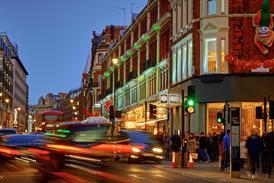




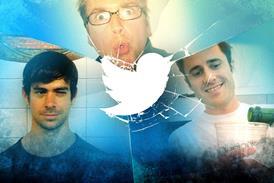



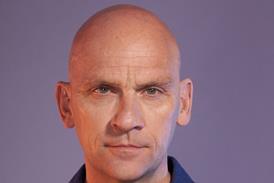
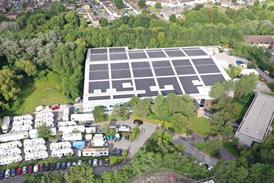






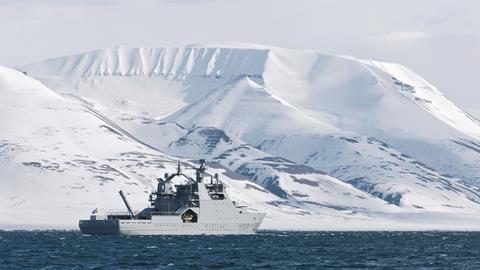









No comments yet